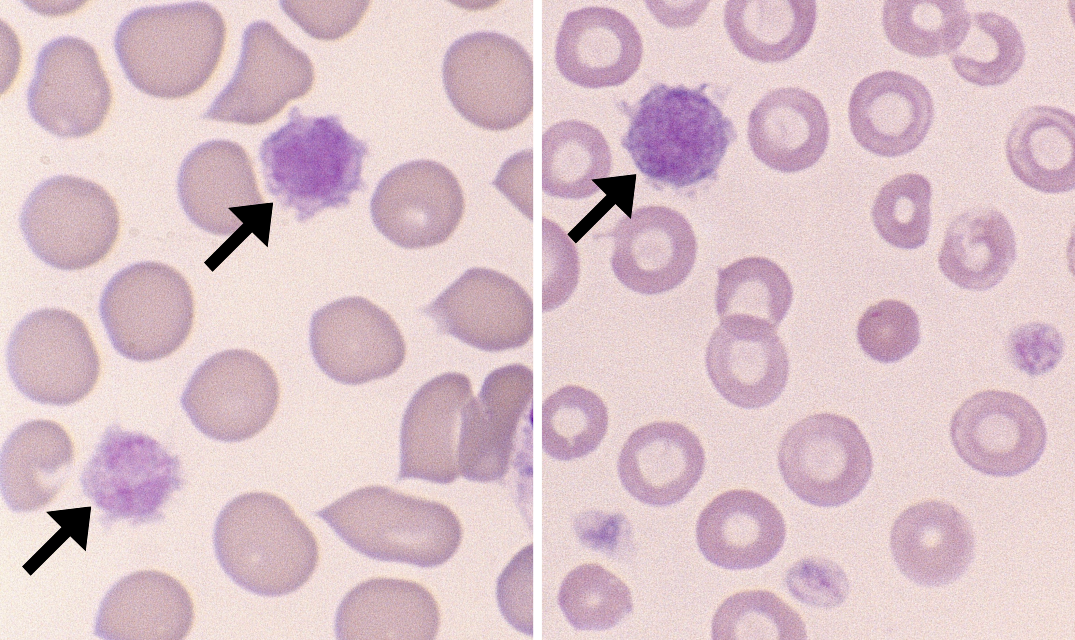
Platelets are small, disc-shaped cells that are produced in the bone marrow and are involved in blood clotting. They are also known as thrombocytes.
Platelets Structure
Platelets are small, measuring only 2-4 micrometers in diameter. They are disc-shaped and do not have a nucleus. Platelets are filled with granules that contain various proteins and enzymes involved in blood clotting.
Platelets Function
Platelets are involved in the process of blood clotting, which helps to prevent excessive bleeding after an injury. When a blood vessel is damaged, platelets are activated and begin to stick to the site of the injury. They then release various chemicals that help to recruit more platelets and other cells involved in blood clotting to the site of the injury. The platelets then form a plug that helps to seal the damaged blood vessel.
Platelets Disorders
There are a number of different disorders that can affect platelet function, including:
- Thrombocytopenia (low platelet count)
- Thrombocytosis (high platelet count)
- and various bleeding disorders
These disorders can be caused by a number of different factors, including genetic mutations, medications, and medical conditions.
In conclusion, platelets are small, disc-shaped cells that are involved in blood clotting. They are produced in the bone marrow and are filled with granules that contain various proteins and enzymes involved in blood clotting. Platelet function is regulated by a number of different factors, and there are a number of different disorders that can affect platelet function.
